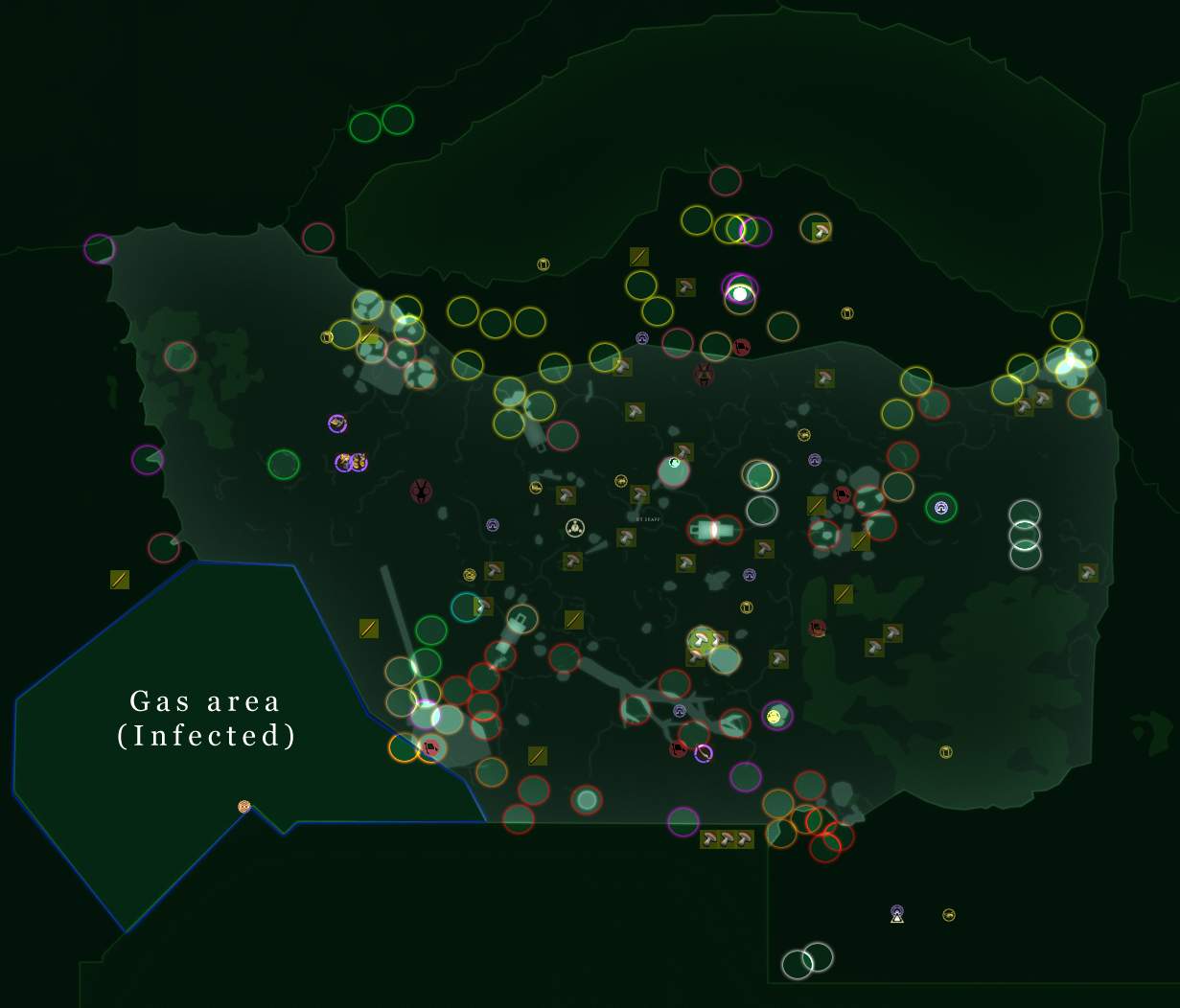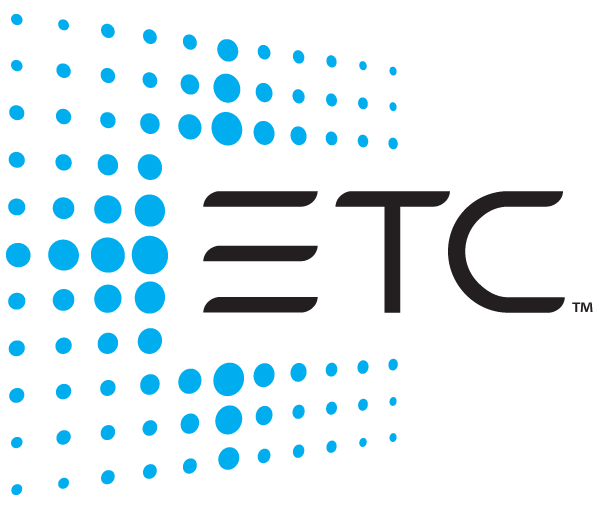


In 1958, psychologist Frank Rosenblatt invented the perceptron, the first artificial neural network, funded by the United States Office of Naval Research.

Clark (1954) first used computational machines, then called "calculators", to simulate a Hebbian network. Hebb created a learning hypothesis based on the mechanism of neural plasticity that became known as Hebbian learning. Warren McCulloch and Walter Pitts (1943) opened the subject by creating a computational model for neural networks. Main article: History of artificial neural networks Instead, they automatically generate identifying characteristics from the examples that they process. They do this without any prior knowledge of cats, for example, that they have fur, tails, whiskers, and cat-like faces. For example, in image recognition, they might learn to identify images that contain cats by analyzing example images that have been manually labeled as "cat" or "no cat" and using the results to identify cats in other images. Such systems "learn" to perform tasks by considering examples, generally without being programmed with task-specific rules. After a sufficient number of these adjustments the training can be terminated based upon certain criteria. Successive adjustments will cause the neural network to produce output which is increasingly similar to the target output.

The network then adjusts its weighted associations according to a learning rule and using this error value. The training of a neural network from a given example is usually conducted by determining the difference between the processed output of the network (often a prediction) and a target output. Neural networks learn (or are trained) by processing examples, each of which contains a known "input" and "result," forming probability-weighted associations between the two, which are stored within the data structure of the net itself. Signals travel from the first layer (the input layer), to the last layer (the output layer), possibly after traversing the layers multiple times. Different layers may perform different transformations on their inputs. Typically, neurons are aggregated into layers. Neurons may have a threshold such that a signal is sent only if the aggregate signal crosses that threshold. The weight increases or decreases the strength of the signal at a connection. Neurons and edges typically have a weight that adjusts as learning proceeds. The "signal" at a connection is a real number, and the output of each neuron is computed by some non-linear function of the sum of its inputs. An artificial neuron receives signals then processes them and can signal neurons connected to it. Each connection, like the synapses in a biological brain, can transmit a signal to other neurons. Īn ANN is based on a collection of connected units or nodes called artificial neurons, which loosely model the neurons in a biological brain. Here, each circular node represents an artificial neuron and an arrow represents a connection from the output of one artificial neuron to the input of another.Īrtificial neural networks ( ANNs), usually simply called neural networks ( NNs) or neural nets, are computing systems inspired by the biological neural networks that constitute animal brains. An artificial neural network is an interconnected group of nodes, inspired by a simplification of neurons in a brain.


 0 kommentar(er)
0 kommentar(er)
